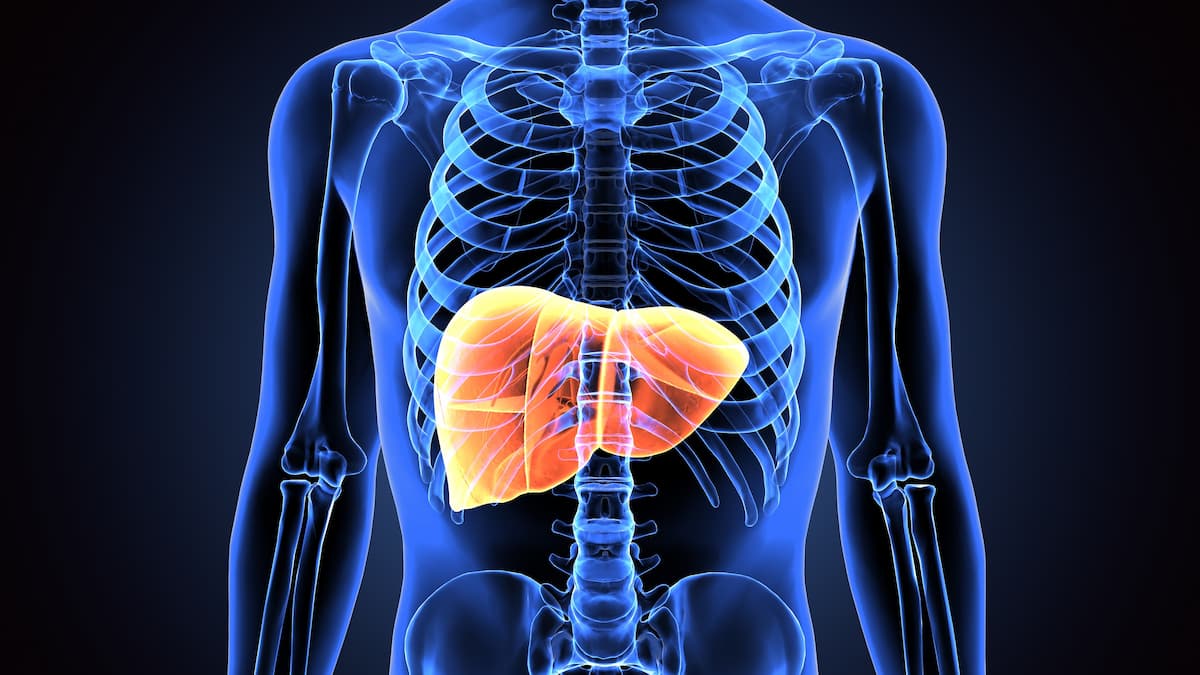- Clinical Technology
- Adult Immunization
- Hepatology
- Pediatric Immunization
- Screening
- Psychiatry
- Allergy
- Women's Health
- Cardiology
- Pediatrics
- Dermatology
- Endocrinology
- Pain Management
- Gastroenterology
- Infectious Disease
- Obesity Medicine
- Rheumatology
- Nephrology
- Neurology
- Pulmonology
Real-world Study Suggests Need for Earlier Diagnosis of Non-alcoholic Steatohepatitis

A new real-world study found that patients with non-alcoholic steatohepatitis (NASH) are often not diagnosed until an advanced stage, and have a high burden of comorbidities, especially cardiovascular comorbidities, suggesting the need for early diagnosis and further research into the burden of NASH.
Data from the AWARE study was presented at the 17th Annual Cardiometabolic Health Congress, held October 19-22, in Boston.
NASH is estimated to be present in 3%-6% of the US population and has been associated with end-stage liver disease, type 2 diabetes (T2D), and cardiovascular disease (CVD), according to study authors led by Jeffrey Lazarus, PhD, of the Barcelona Institute for Global Health. Lazarus and colleagues examined the association of NASH with comorbidity severity scores and CVD comorbidities, which have not been widely studied.
Researchers collected data from a large US health care dataset covering October 1, 2015, to December 31, 2020. Records were included for adults with a NASH diagnosis and no evidence of hepatitis B or hepatitis C, excessive alcohol use, or liver transplant prior to NASH diagnosis, and with no evidence of pregnancy or cancer during the study period. Statistical significance of differences in comorbidities and severity scores between cirrhotic patients (CP) and non-cirrhotic patients (NCP) was assessed, according to the study abstract.
Of the 4989 patients diagnosed with NASH, 489 were included in the CP arm and 4500 in the NCP arm. Compared with NCPs, CPs were older (mean age 59.6 vs 52.2 years), and a larger proportion were women (62.4% vs 55.2%) and had non-alcoholic fatty liver disease (NAFLD; 67.4% vs 56.5%).
In addition, CPs, compared with NCPs, were more progressed in terms of NASH-relevant biomarkers (aspartate transaminase:platelet ratio index, 1.09 vs 0.62; Fib-4, 4.68 vs 1.56; NAFLD fibrosis score, 1.74 vs –1.13; all p<.001 for NCPs vs CPs), and HbA1c (7.1% vs 6.9%).
Comorbidities
Lazarus et al found that for all the comorbidities evaluated prevalence was higher among participants in the CP arm vs the NPC arm, as reflected by Quan-Charlson Comorbidity Index score.
In a univariate analysis specifically focusing on CVD-related comorbidities, CPs had a significantly higher prevalence for atherosclerosis, atrial fibrillation and flutter, cardiomyopathies, cerebrovascular disease, ischemic heart disease, peripheral artery disease (PAD), heart failure, and esophageal varices compared to NCPs (all p<.001, except for PAD [p=.0016]). Moreover, in a multivariate analysis that focused on atherosclerotic CVD, the odds ratio for CPs vs NCPs was 1.34 (95% confidence interval, 1.02-1.78; p<.05).
In addition, investigators found that prevalence of T2D, chronic kidney disease, and diabetic neuropathy was higher in the CP arm than NCP cohort.
Medication
A higher percentage of CPs were receiving medication for diabetes than NCPs. Prescribing of CVD-related medications was high among both CPs and NCPs; however, a higher percentage of CPs were prescribed these medications than NCPs, noted investigators.
“This study found that patients with NASH are often not diagnosed until an advanced stage, suggesting the need for greater disease awareness to avoid diagnostic inertia and to better assess the burden associated with NASH. These data also suggest that NASH correlates with a higher risk of developing comorbidities, especially CVD and T2D, particularly as patients progress to cirrhosis,” concluded investigators.
